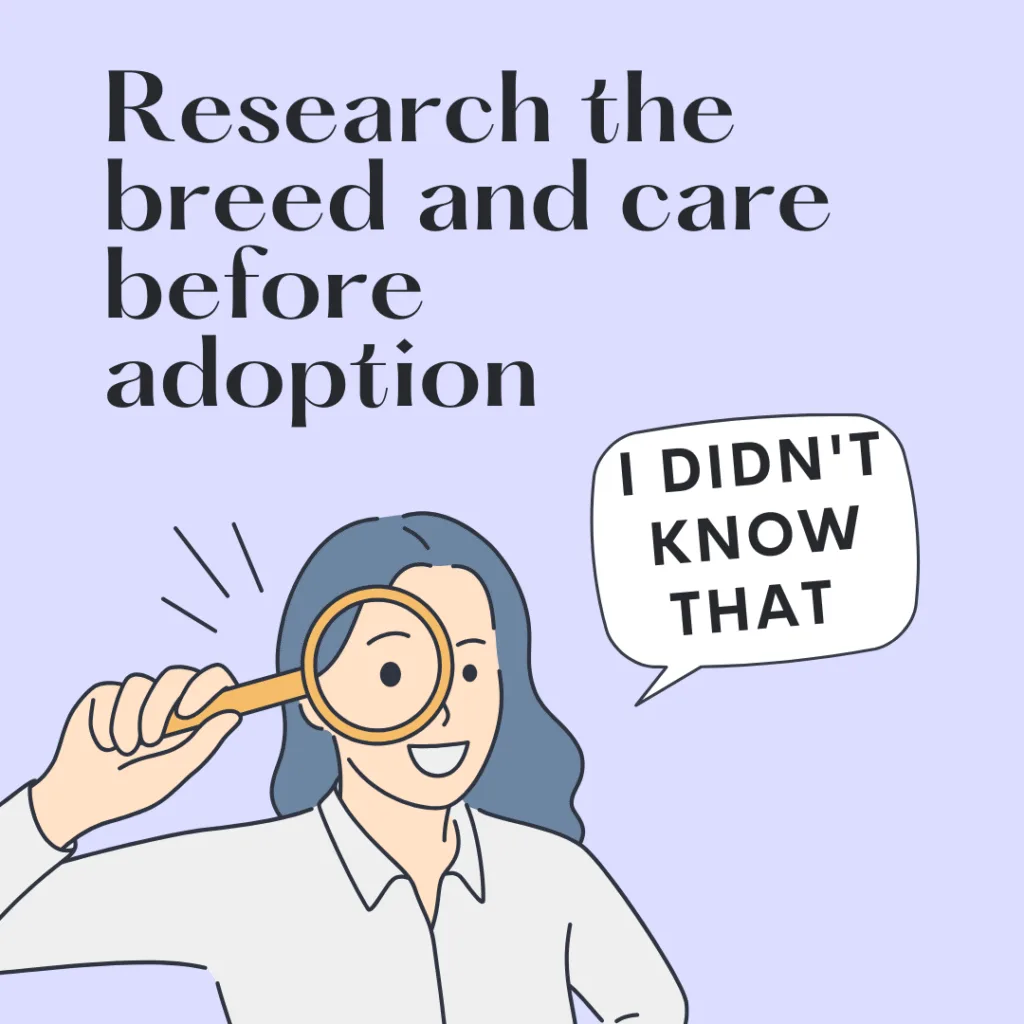Adopting a dog is one of the most rewarding decisions you’ll ever make—but it’s also one of the most serious. Whether you’re rescuing from a shelter, working with a breeder, or welcoming a pup from a friend, understanding the breed before you commit is essential for both your happiness and the dog’s well-being.
🧠 Every Breed Has a Blueprint
Dogs aren’t blank slates. They come with genetic tendencies, energy levels, grooming needs, and behavioral traits that shape how they interact with the world—and with you.
Before you fall in love with a pair of soulful eyes or a cute Instagram video, ask yourself:
- What was this breed originally bred to do?
Herding? Hunting? Guarding? Companionship? That purpose still lives in their instincts. - How much grooming is required?
Is this a double-coated shed machine? A curly-coated high-maintenance diva? A hairless skincare routine?
(Spoiler: All dogs shed. All dogs need grooming.) - What kind of training will they need—and can I provide it?
Training isn’t a one-time event. It’s a lifelong conversation.
And it’s not just about the dog—it’s about you learning how to communicate clearly and consistently. - How do they typically behave with other pets, kids, or strangers?
Temperament matters. Some breeds thrive in busy households, others need quiet and structure.
Look for breeders or rescues that do official behavior testing and proper placement. - Can I meet their physical and emotional needs?
High-energy breeds need more than a backyard—they need purpose.
Sensitive breeds need gentle handling and routine.
Seniors and special-needs dogs may need extra care, but they give back tenfold.
🐶 Breed ≠ Personality, But It’s a Strong Start
Every dog is an individual. But breed traits give you a roadmap.
When you understand what a dog was designed to do, you can meet them where they are—and help them thrive.
💬 From Vroom Grooms LLC
As a solo mobile groomer and pet care educator, I see the consequences of mismatched placements every day.
Dogs who are misunderstood, under-stimulated, or over-handled become anxious, reactive, or withdrawn.
But when owners take the time to learn, adapt, and advocate, the transformation is beautiful.
Research isn’t just responsible—it’s respectful.
It honors the dog’s history, needs, and individuality.
And it sets you both up for a lifetime of trust, joy, and tail wags.

